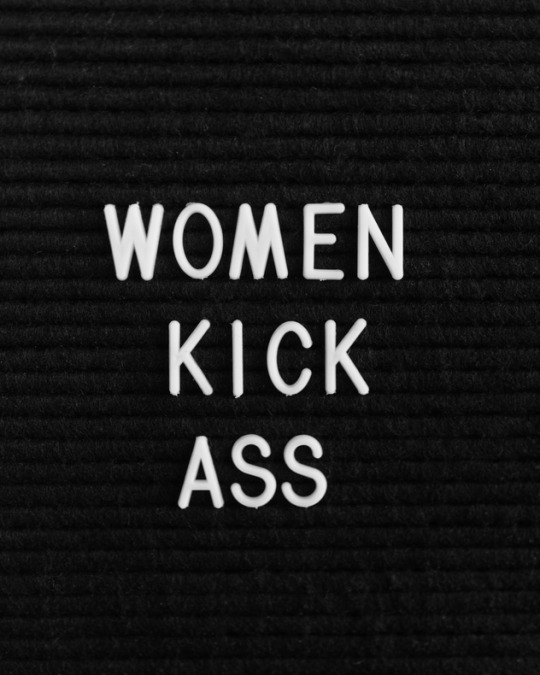
For the first two years of the Second Shift, Gina and I worked from our dining room tables, which meant lunchtimes with my then 3-year-old or Gina’s cat Gibby. When we finally set out to find “real” office space we found a lot of options to choose from. Today there are even more options out there for Second Shift members with every conceivable perk and personalization you can imagine. If you’re seeking a quiet, non-cat, non-sticky space to get down to business – read on!
Way back in 2015, the concept of co-working was just taking off—today, according to the 2017 Global Coworking Study, more than a million people went to work at 13,800 co-working spaces worldwide. Why? Because co-working delivers a range of benefits including networking, 24/7 access, affordability, and built-in administrative functions. It’s a trend that shows no signs of slowing down.
Why Co-working
The concept of co-working itself gives entrepreneurs and freelancers access to all the facilities and perks of conventional office space without the cost of a lease and all the hidden extras that go with it. But co-working benefits stretch a lot further than that for many. According to Deskmag’s Annual Global Coworking Survey, 71 percent of participants reported a boost in creativity after joining a shared workspace, while 62 percent said their standard of work improved.
Co-working Options
On the whole, much of today’s available co-working space is provided by the big players Regus and WeWork; if you are looking for a desk, an office suite, or an entire headquarters, these vendors can provide it. They take care of standard amenities including Internet service, printing capabilities, mail and package handling, office supplies and more, and also layer on additional perks like professional and social events.
However, as co-working takes off we are seeing a huge variety of options for all every type of business and freelancer featuring an increasing number of boutique spaces that offer perks like climbing walls, indoor gyms and playgrounds, yoga classes, childcare and more.
Here are a few of the many options available:
· WorkEatPlay partners with trendy restaurants in New York and many other cities to open the doors to restaurants in the hours they’re not being used. Members get the essentials–food, coffee, wifi in a trendy place to kick back and get to work.
· Deskcamping is a global marketplace where people with extra desks rent them to freelancers looking for a good spot to work in an established office space.
· Breather has super stylish rooms in a variety of floorplans and sizes in 10 cities. You can book a space by the day or by the hour and have access to amenities such as whiteboards, flatscreens, wifi and all sorts of plugs and chargers.
· Additional unique options include The Hivery, The Workaround, Work and Play, and Neuehouse, Soho House.
You can also find an increasing number of women-focused co-working spaces, said to be “part of a backlash to the frat house-like companies that boast kegs and ping pong.”
· The Wing is a modern take on the traditional women’s club with co-working space and a full range of amenities for women including, “a beauty room for primping, a snack bar with coffees and organic granola, plenty of art, a lactation room and a large library of color-organized books written by and about women.”
· On the West Coast (Seattle and soon LA) The Riveter is open to men and women with a focus on providing everything you need to build your own business plus daily yoga, barre and meditation classes to keep your mind focused.
· Other female-centric or female-only co-working spaces to check out include SheWorks Collective, Rise Collaborative, New Women Space, Hera Hub and Shecosystem.
Finally, if the proverb “home is where the heart is” rings true for you, you might want to consider Quilt, an LA-based company that believes in the “power of the home”. Quilt focuses on helping working women connect offline by organizing by co-working and learning opportunities in individual homes across the country.
There’s Something for Everyone
The rise of entrepreneurialism and a growing contingent workforce is shifting the way we work and where we work—(see #makeworkworkforyou). The co-working industry currently offers +27 million square feet of space, and you can take advantages of some options for as little as $45/month. There’s truly something for everyone out there. What are you waiting for?

















